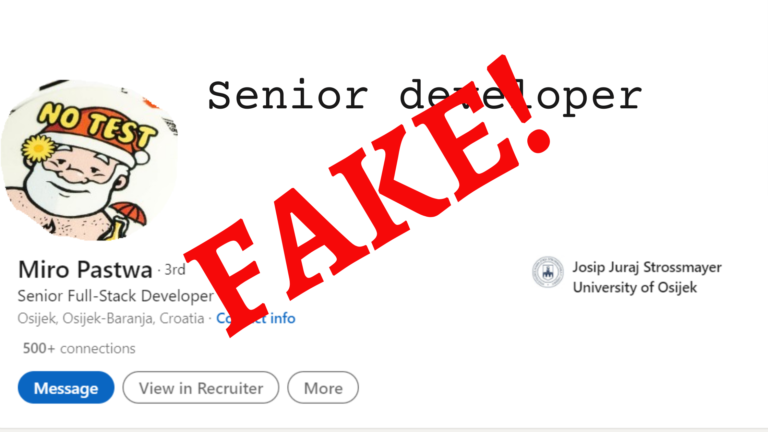Open communication in team building – 4 rules to follow

Hiring people has taken a completely new turn in the past few years: now, it’s common for employers to reach out directly to potential hires. This shift highlights the growing importance of open communication between employers and potential employees.
Key takeaways
In this new normal, businesses differ significantly—you can’t even compare two software development agencies in Croatia. Each one has unique aspects to its business model. Projects at Software Sauna are mainly outsourced to us by our clients in nature.
Outsourcing is a business practice in which companies use external providers to carry out business processes that would otherwise be handled internally.
This definition might sound cold and clinical, but every collaboration has unique qualities, and our team brings our values to every cooperation. In addition to being a trusted nearshore partner in scaling our customers’ projects and businesses, we have several successful ongoing collaborations in which we have built a greenfield product from scratch.

The past two years have taught us valuable lessons from a sales and marketing perspective and a people management perspective. Uncertain times, indecisive clients, and the potential to win new business and expand our operations have required us to balance patience with quick responses. The synergy between Sales and HR is a constant push and pull, but our results show that we’re doing things right and on the right path.
Yes, we’ve seen more “open to work” signs on LinkedIn profile photos, and more people have approached us with open applications or messages. However, our experience has shown that good developers are often either not available or do the transition from “open to work” to “starting a new position” lightning fast.
We quickly realized we needed to create some space during that transition because, despite all the global economy and IT sector disruptions, talented people managed to keep their jobs or find new ones very quickly. The space I’m referring to is an open communication channel that follows specific rules that often might seem like ‘’common sense’’, but are far from being applied.
4 rules of open communication in team building
1 – Be honest, be transparent
Experience has taught us to communicate more clearly and honestly rather than to tell a story that “paints a certain picture” of us as a company. If your candidate is actively searching, it’s only fair to be honest about the concrete projects we have (or don’t have) in our backlog.

This ties into our sales process—what phase are we in? If a project is waiting for us to find a perfect match, things move faster, and we can onboard a person within two weeks. But in cases where we are still negotiating with potential or existing clients, it’s important to say: “Hey, I know you’re actively searching, and things might take a bit longer.
It’s up to you if you want to invest your time in our process because it might not lead to an immediate hire.” We respect the time of people who give it to us by entering the selection process.
2 – Constant updates
The only thing that drives candidates crazier than silence during the selection process is silence after it. “Okay, I did everything; they even gave me positive feedback saying I passed with flying colors, but now what? Where do I sign? When do I start?”

Besides respecting rule number one and explaining the whole process in our initial call, we do our best to keep people updated with all news regarding project matching. This is the final stage in our selection process and often doesn’t happen as quickly as we would like due to factors beyond our control. So, keep your candidates in the loop while respecting rule number one.
3 – Saying “no news” is better than silence
This is so important that it deserves to be a separate rule. Dead silence is the worst and leaves a lot of room for speculation. “Things got delayed,” “The client hasn’t decided yet,” “The project was canceled,” or “We still don’t know anything, but we should know in two weeks”—all of these are better than leaving a candidate wondering why they haven’t heard anything. Plus, this is the truth – rule number one.
4 – Leave the door open for future opportunities
It often happens that a candidate finds another project or job. Time wasn’t on our side, and our top candidate informed us they’d found another position. Congratulate them and wish them luck in their new role. Also, leave the door open if this is someone you’d like to have on your team in the future.

If you explain the current situation with potential projects and there’s nothing that satisfies a candidate who wants to start a new project by the end of the month, the candidate might step back from the selection process, but this shouldn’t be a dealbreaker. We often tell candidates that they can complete our coding assignment later when it’s more convenient for them, which creates trust between us.
Summary
In conclusion, keeping communication open is crucial for building solid software development teams and nailing the hiring process. The recipe is quite simple: be straight with candidates, keep them in the loop, update them even when there’s no concrete news, and stay open to future opportunities. This way, you build trust and respect, improving everyone’s experience and attracting top talent in a shifting job market.
Stay clear, stay connected, and watch your team thrive!


